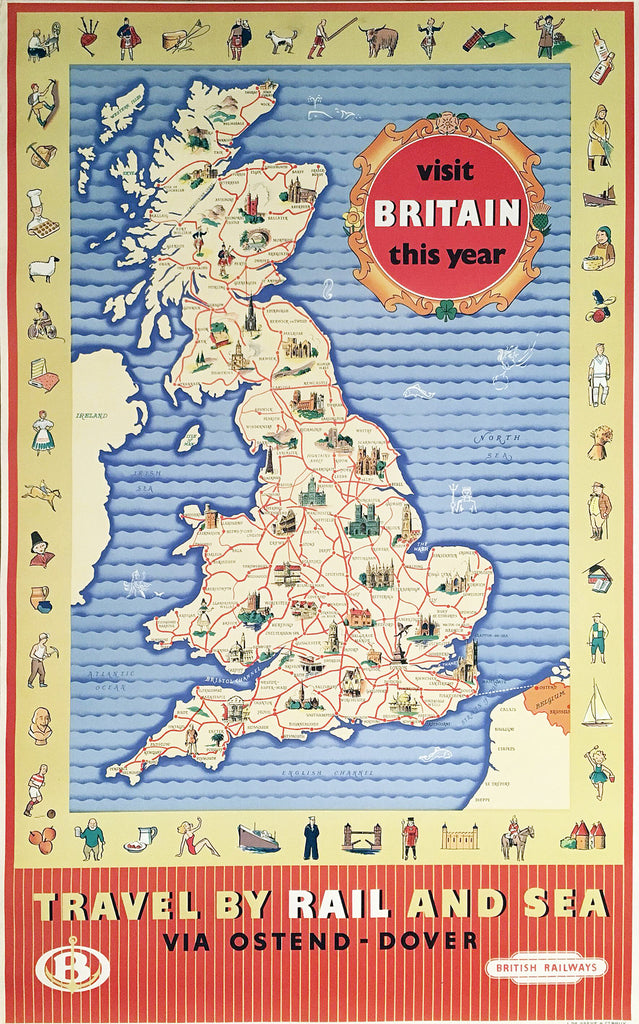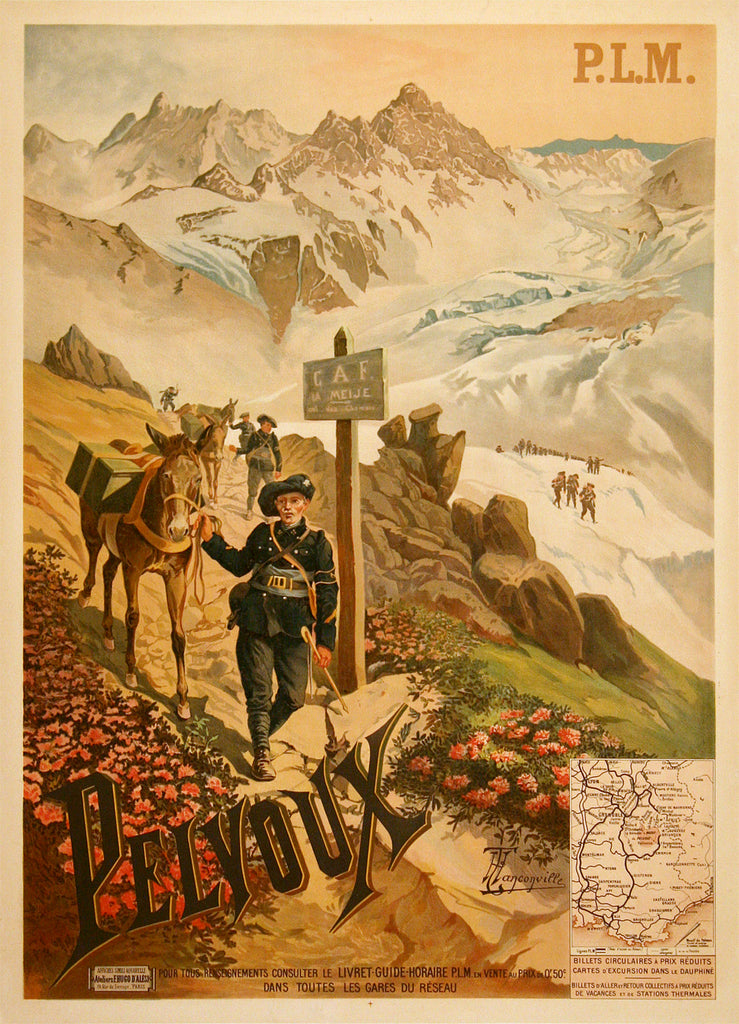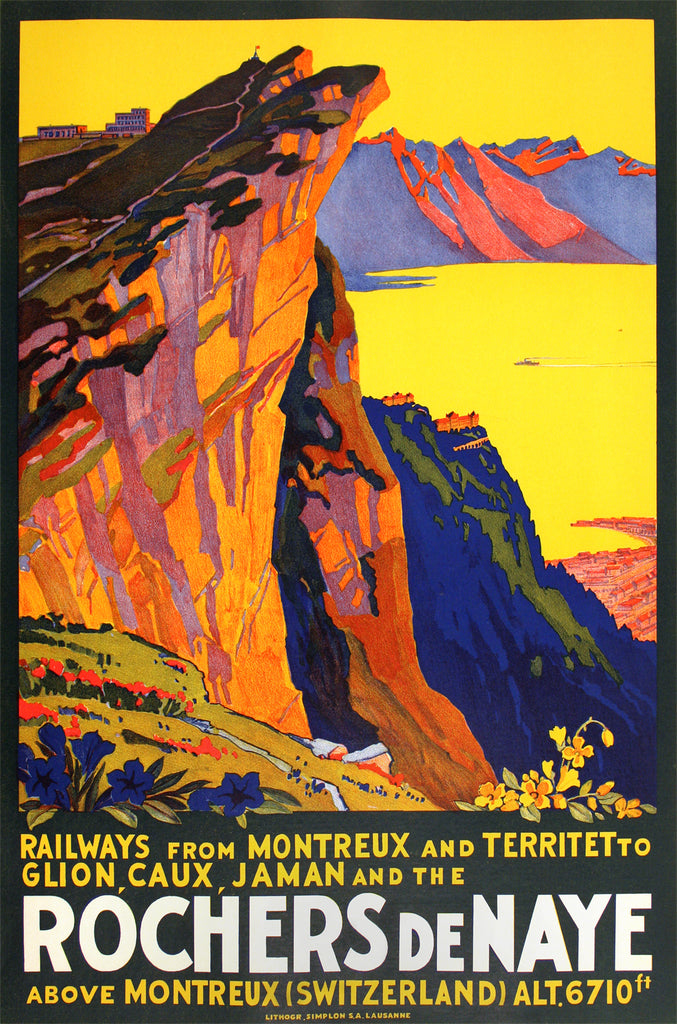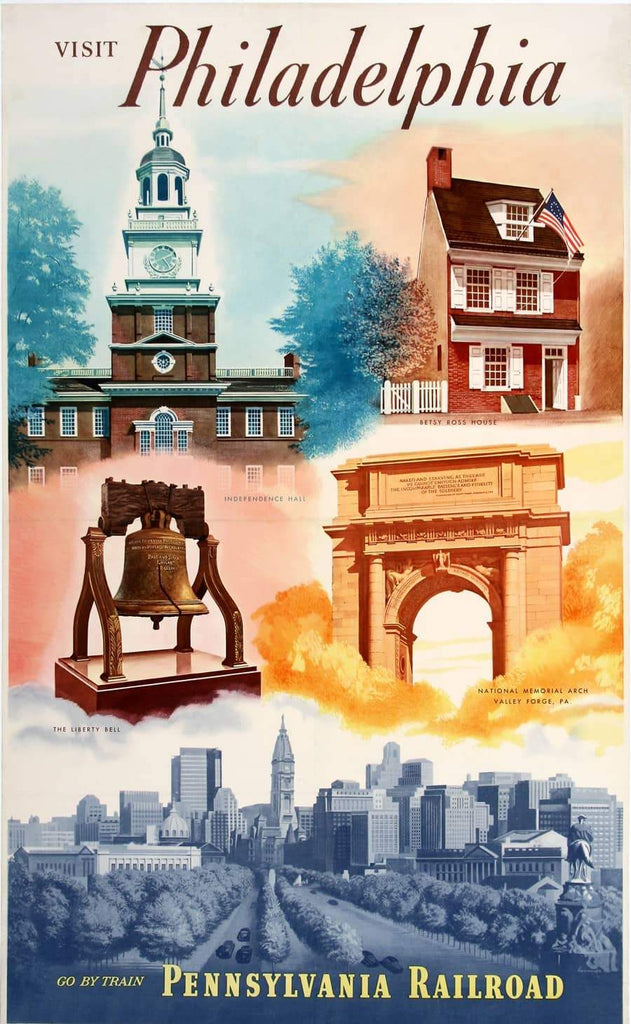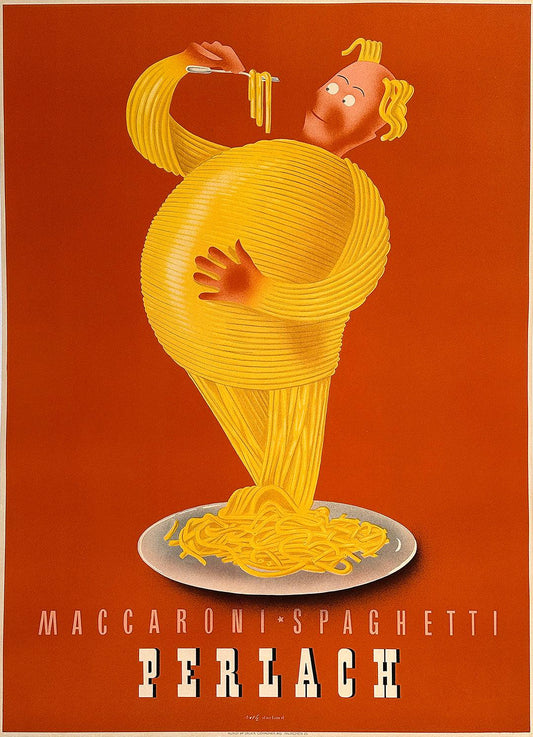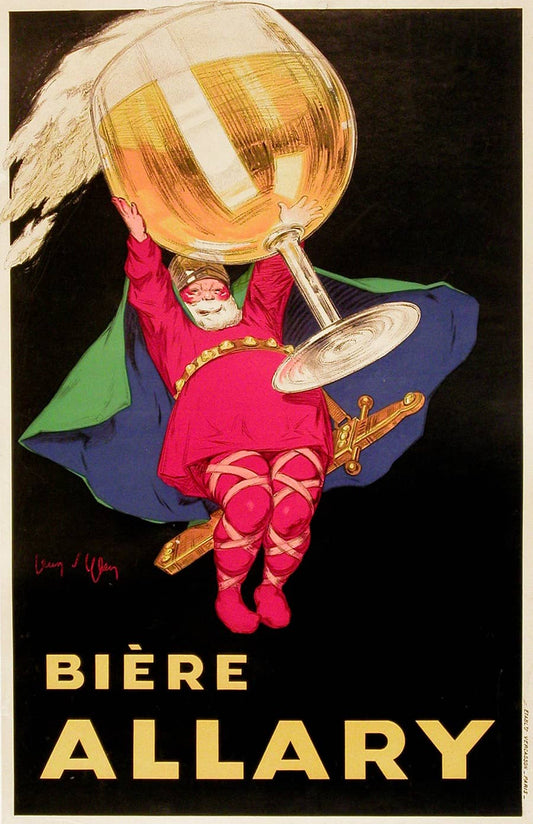How Railroads Changed the Way We Travel – A Visual History Through Vintage Posters

Historians often draw on the expansion of steam engine trains as the greatest example of how the Industrial Revolution changed the world. Train travel allowed the middle and lower classes the ability to leave their remote town, head into a city, or escape from it as needed. Vacations became a notion that the general public could partake in; affordable weekend escapes in lieu of expensive months-long excursions reserved only for the aristocracy. With this widening pool of people on-the-go, trains also changed the way we perceived the passing of time. Small towns between major cities became bustling centers that could be explored between train transfers, and entire sub-industries such as modern hotels and cafes began to spring up in formerly remote regions.
This growth in travel via train was a trend that continued through the first half of the twentieth century. During the period of the eighty year boom in train travel, countless posters were created. Often bright, exciting, and highlighting the possibilities of new places to explore, these posters are a snapshot of a time of industrial growth.
Below we visually trace the history of train travel by region; through the United Kingdom, France, and the Wild West of the United States…
THE UNITED KINGDOM: LONDON-MIDLAND-SCOTTISH RAILWAY & BRITISH RAILWAYS
The London, Midland and Scottish Railway (LMS) was one of the largest British railway companies. It was formed in 1923, during a period of economic rebuilding in the wake of the Great War. It was formed as a merger between the major railroad companies in and around London, the Midlands, and Scotland, as well as part of Ireland. The resulting company was an unwieldy construction, with numerous interests other than railway operations. Besides being the world’s largest transport organisation, it was also the largest commercial undertaking in the British Empire and the United Kingdom’s second largest employer, after the Post Office.
British Railways was a state-owned company that served most of the above ground rail transport in Great Britain from 1948 to 1997. British Railways formed from the merging of the "Big Four" railways in Great Britain in 1948: Great Western Railway, London Midland and Scottish Railway (LMS), London North Easter Railway (LNER) and Southern Railway (SR).
FRANCE: CHEMINS DE FER DE PARIS A LYON ET A LA MEDITERRANEE
The Compagnie des Chemins de Fer de Paris à Lyon et à la Méditerranée (usually known simply as the PLM) was a French railway company founded during the initial growth of train travel, around 1859.
The PLM operated chiefly in the southeast of France, with a main line which connected Paris to the Côte d’Azur by way of Dijon, Lyon, and Marseille. The company was also the operator of railways in Algeria.
PLM commissioned now famous poster artists such as Roger Broders. PLM would sponsor these artist’s travels to the Côte d’Azur and the French Alps so that they could visit the subjects of their work and depict them in the most accurate of tempting detail.
PLM was absorbed by a larger company right before WWII, but continues to this day to symbolize the beauty and wanderlust of early train travel.
This vintage travel poster was created to entice winter travelers to the French Alps by Roger Broders in 1929.
SWITZERLAND: THE VENICE-SIMPLON LINE
Shortly after the opening of the first railway in Switzerland, each region began to favor a separate north-south link through the Alps towards Italy. Western Switzerland supported the Simplon route, which followed a natural valley through the Alps. In 1878, the Compagnie du Chemin de Fer du Simplon was created to promote the project. The Italian King Victor Emmanuel III of Italy and the President of the National Council of Switzerland Ludwig Forrer opened the tunnel at Brig in 1906. Work on a second tube of the tunnel started in 1912, and opened in 1921.
THE UNITED STATES OF AMERICA: SANTA FE RAILROAD, PENNSYLVANIA RAILROAD, AND OTHERS
The Santa Fe Railroad was one of the larger railroads in the United States during the times of the “Wild West”. Chartered in 1859, the railroad reached the Kansas-Colorado border in 1873 and Pueblo, Colorado, in 1876. To create a demand for its services, the railroad set up real estate offices and sold farm land from the land grants that it was awarded by Congress. Despite the name, its main line never served Santa Fe, New Mexico, as the terrain was too difficult. Click on any image below to learn more about it:
The Southern Pacific Company was a major railroad system that operated along the West Coast of the United States. It extended from New Orleans through Texas to El Paso, across New Mexico and through Tucson, to Los Angeles, through most of California, including San Francisco and Sacramento. It also included lines that extended east across Nevada to Ogden, Utah, and reached north through Oregon to Portland.



